Caution
High Hazard
Extreme
Increased Stingray Activity
Active/Upcoming Event
Leleiwi Beach Park
Water Temperature
...
Wave Height
...
Wind
...
Leleiwi Beach Park, located in Hilo, Hawaii, is a coastal gem that offers a blend of natural beauty and recreational opportunities. With its wide sandy beach and gentle waves, it provides a welcoming environment for swimming, sunbathing, and beachcombing. The park's lush greenery and swaying palm trees create a tropical oasis, offering shade and a serene atmosphere for picnics and relaxation. Leleiwi Beach Park is also known for its volcanic rock formations, providing a unique backdrop and opportunities for exploration. Whether you're looking to take a refreshing dip in the ocean or simply unwind amidst stunning scenery, Leleiwi Beach Park is a must-visit destination on Hawaii's Big Island.
amenities
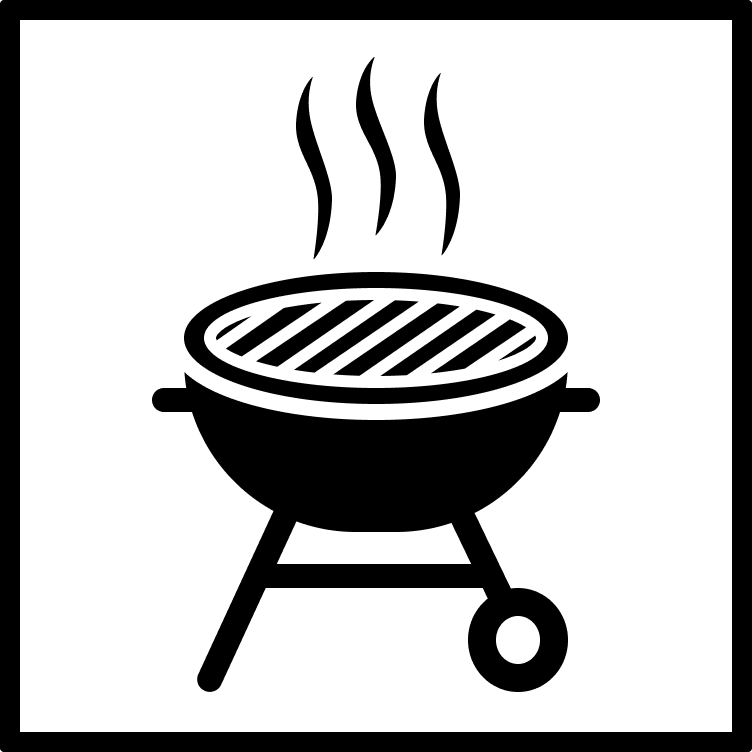
BBQ Grills

Beach Access

Metered Parking

Picnic

Playground

Restrooms

Showers
activities

Fishing
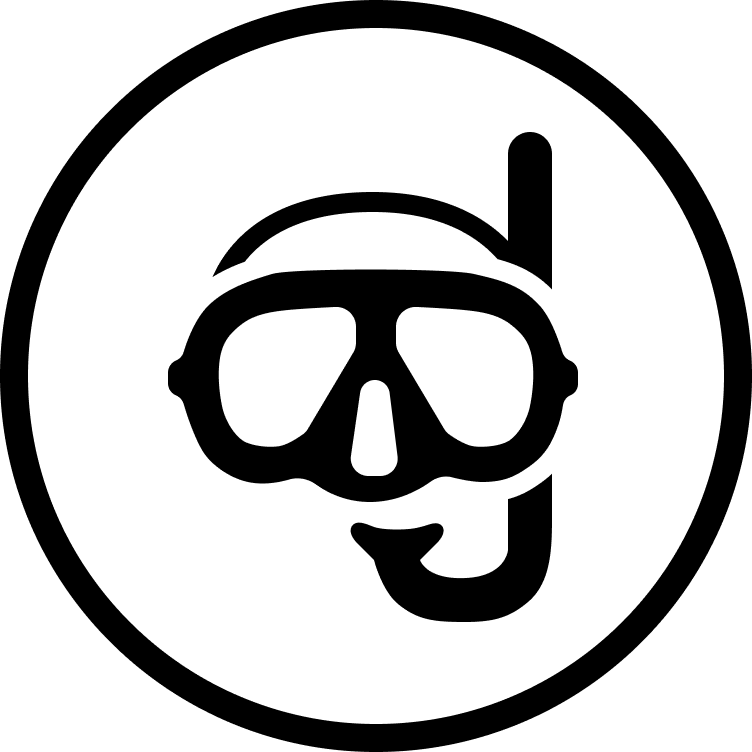
Snorkeling
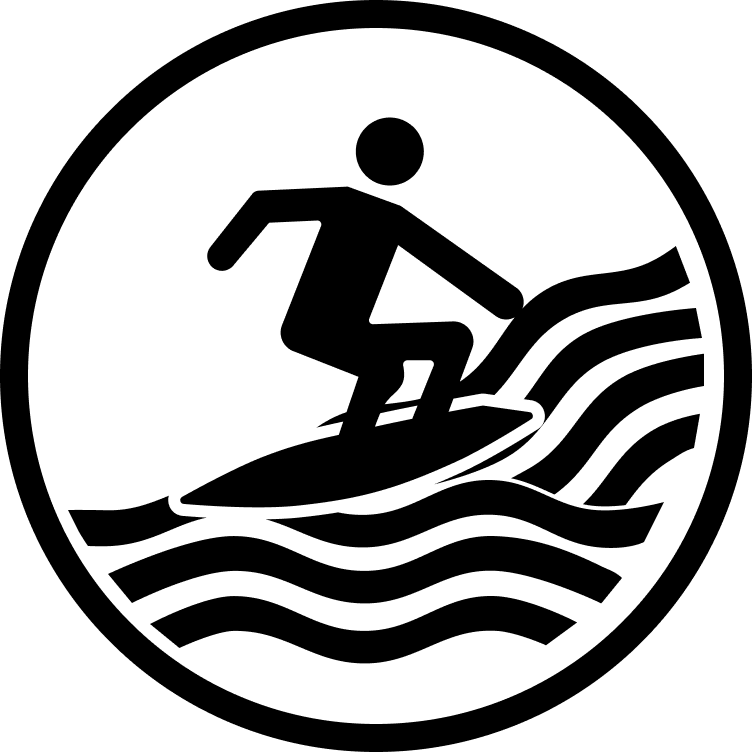
Surfing
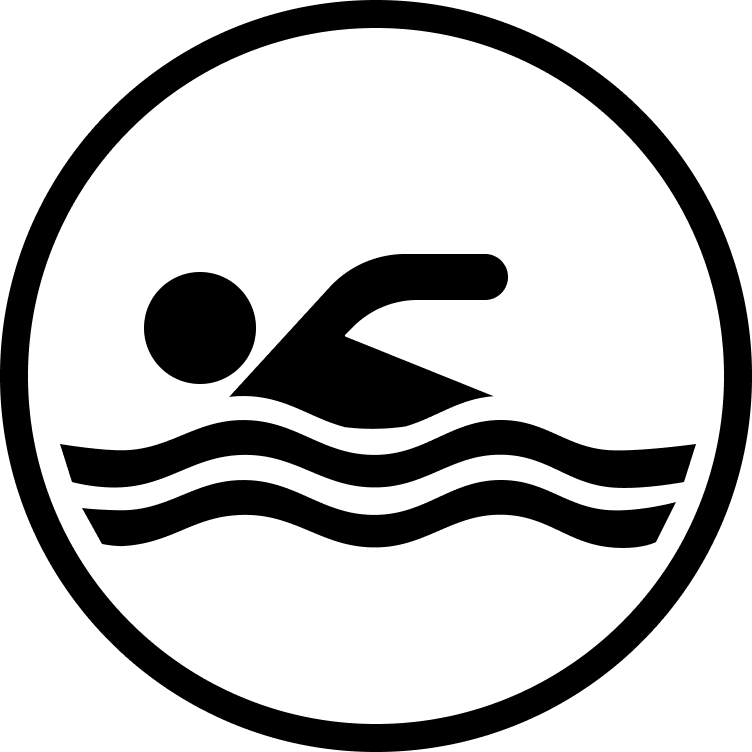
Swimming
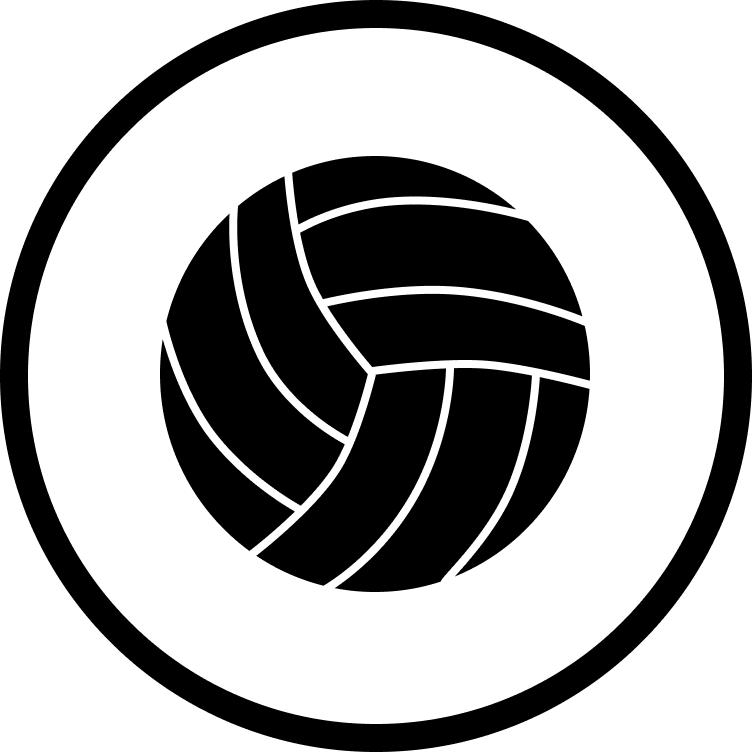
Volleyball
prohibitions
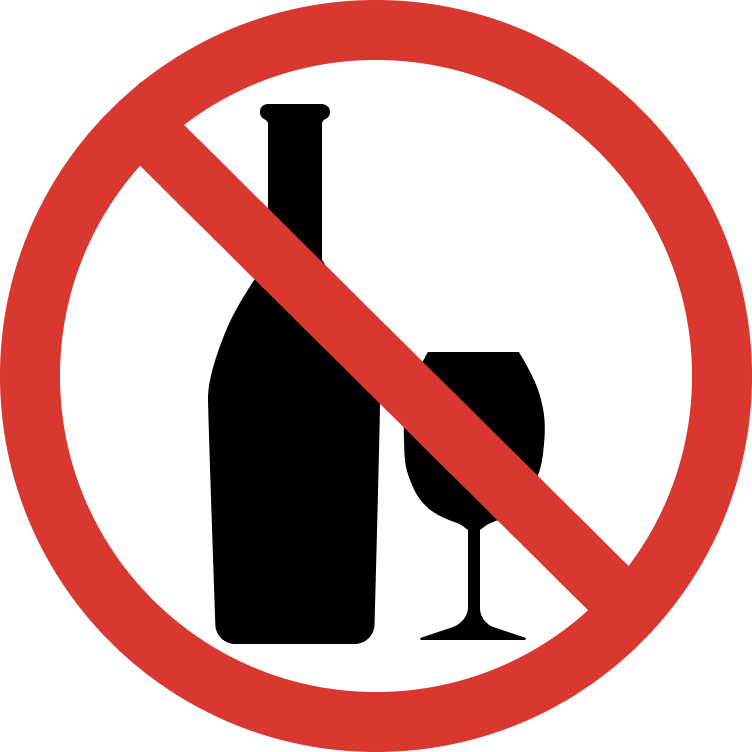
No Alcohol
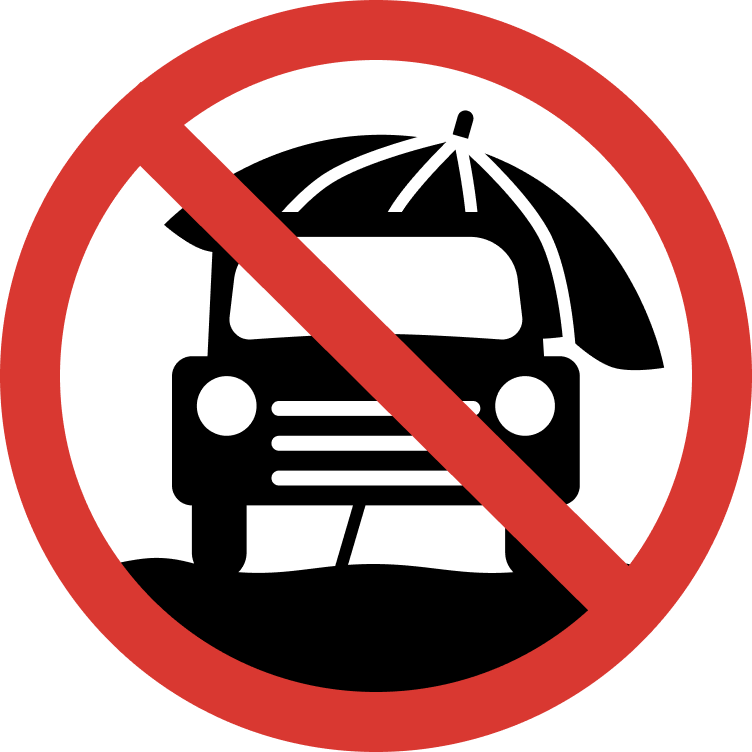
No Cars on Sand
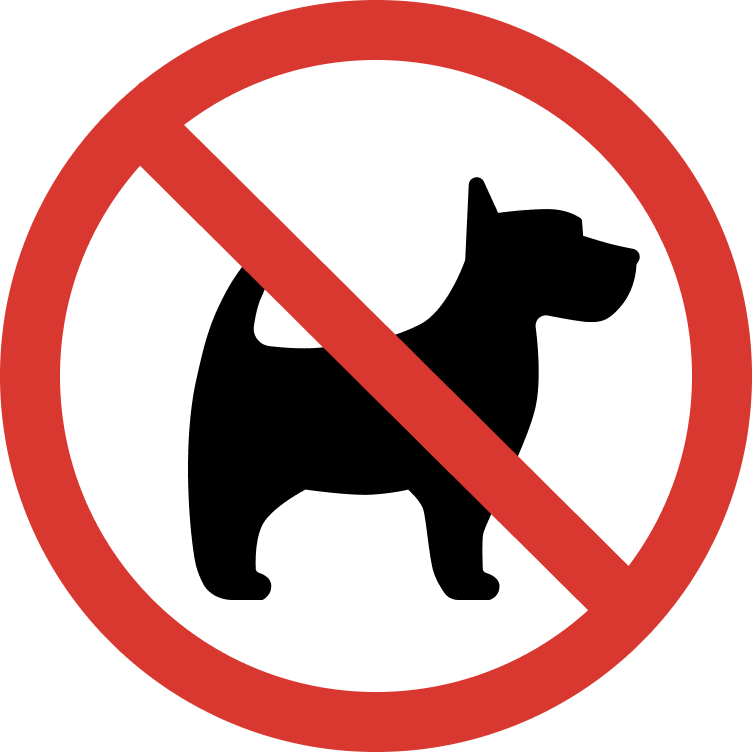
No Dogs

No Fire Pits
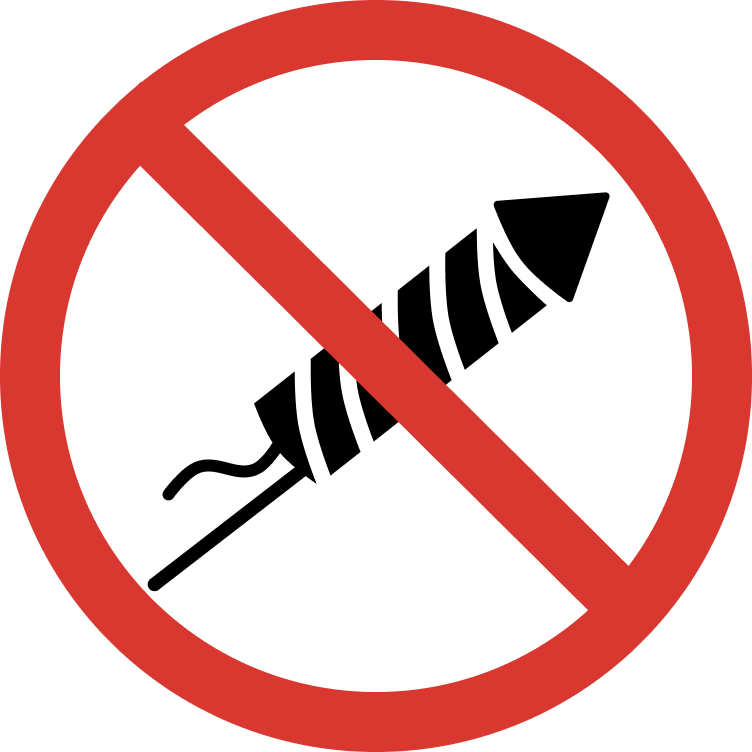
No Fireworks
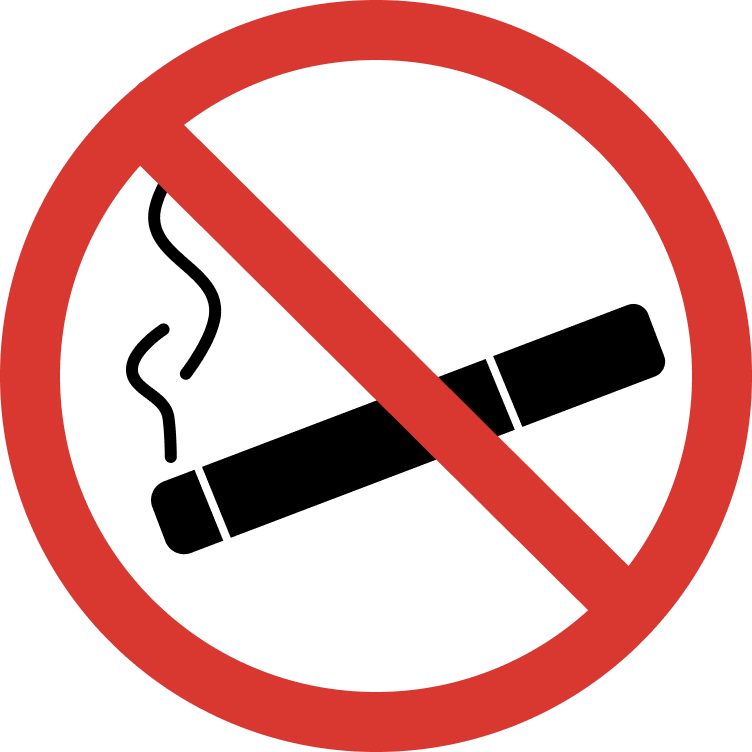
No Smoking
hazards
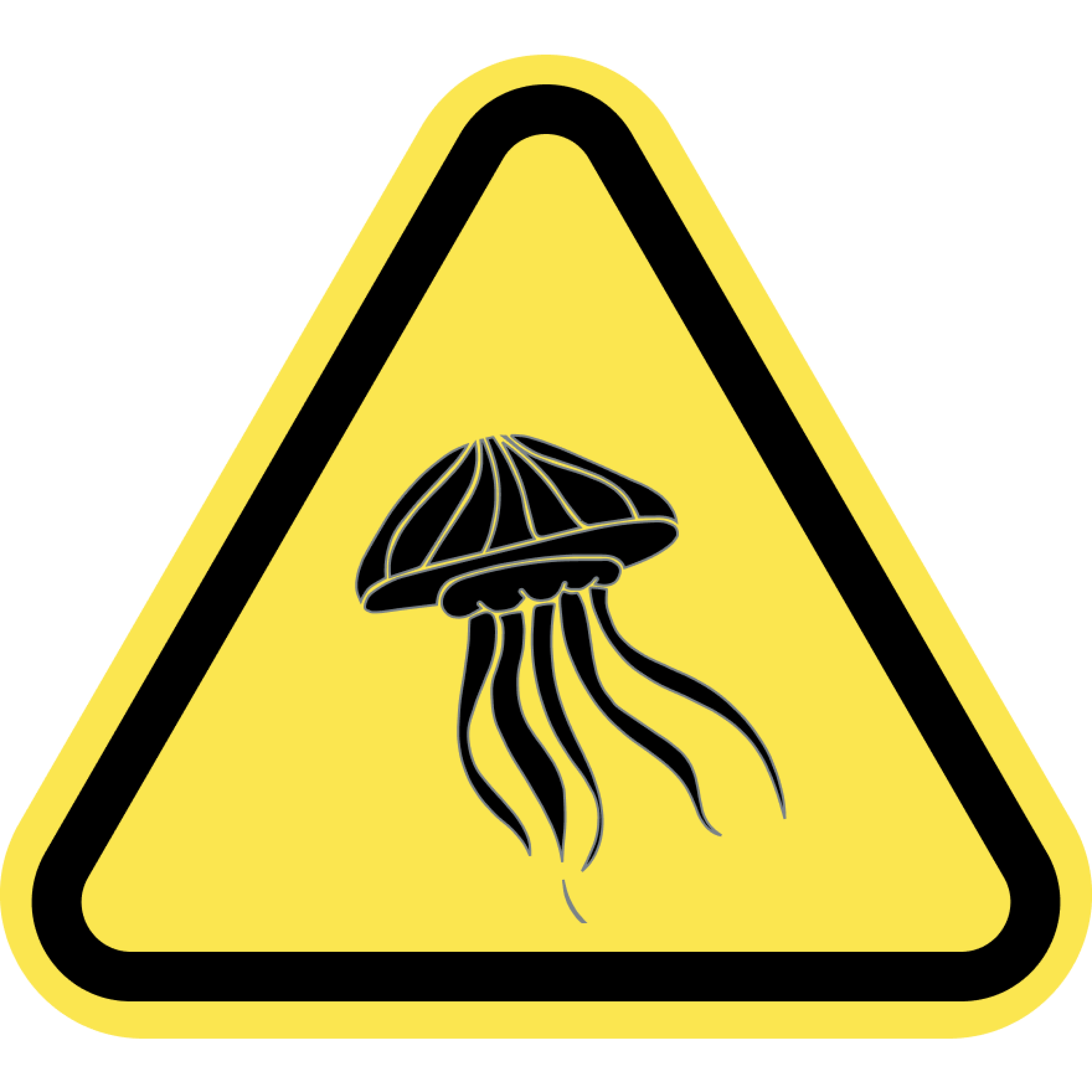
Jellyfish
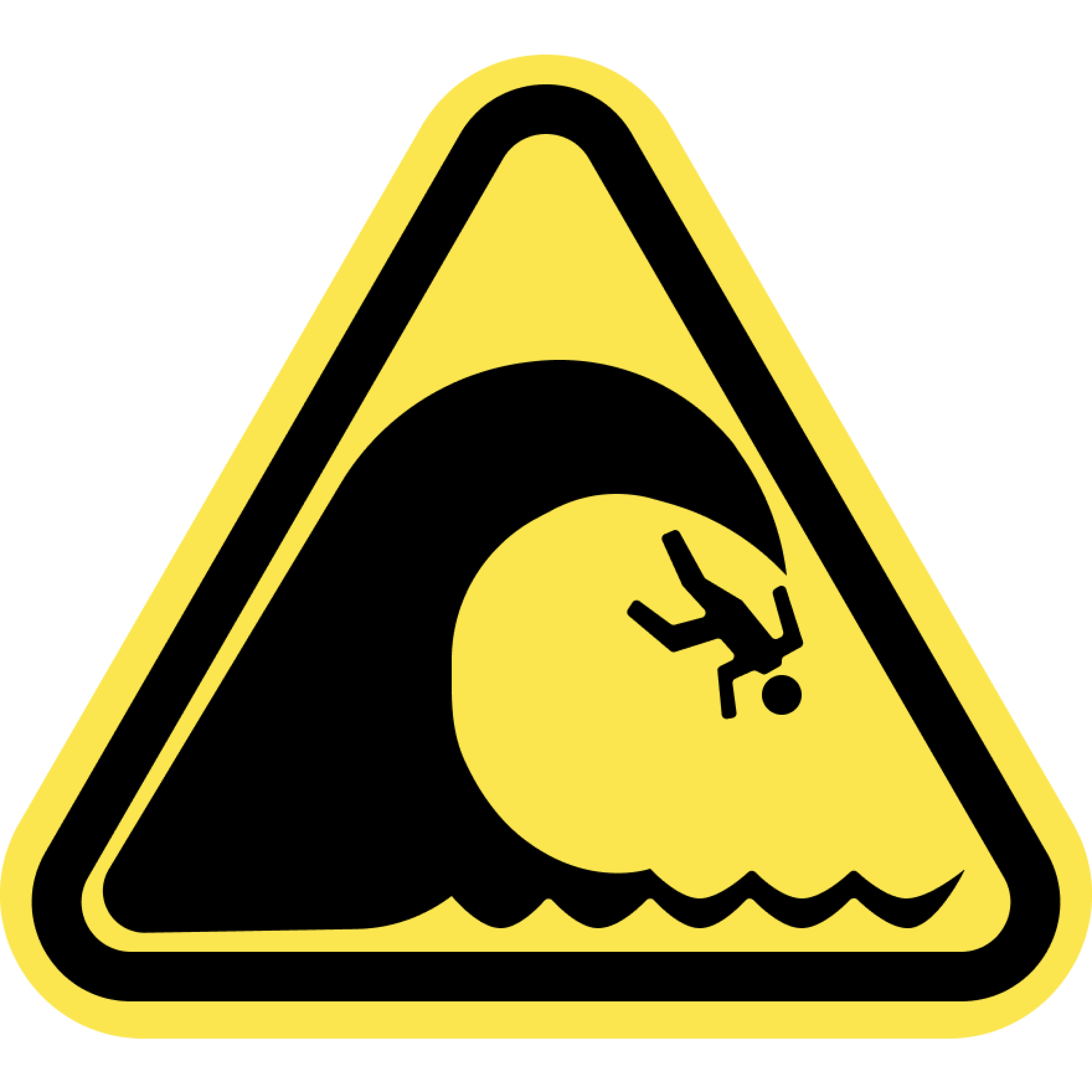
Large Waves
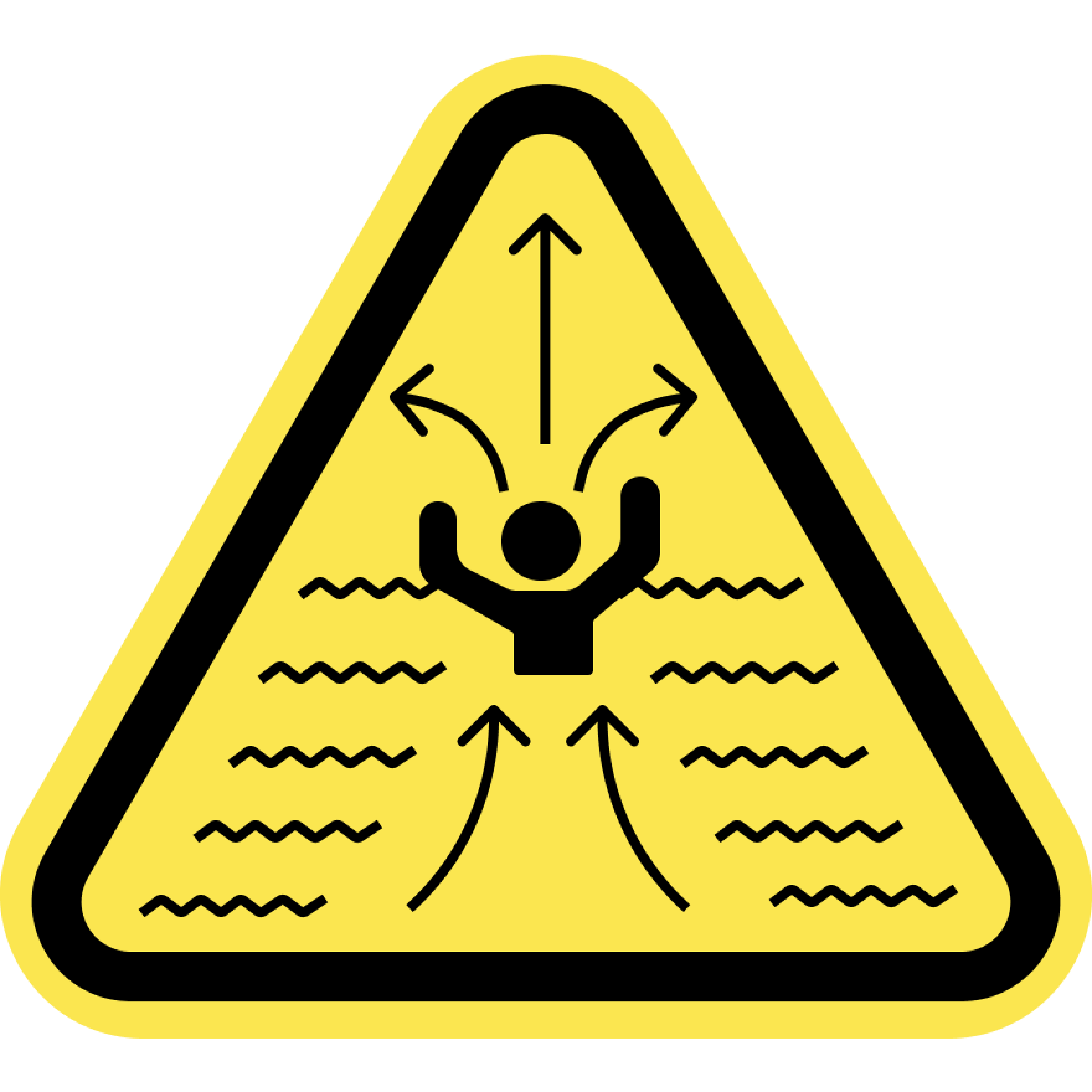
Rip Currents
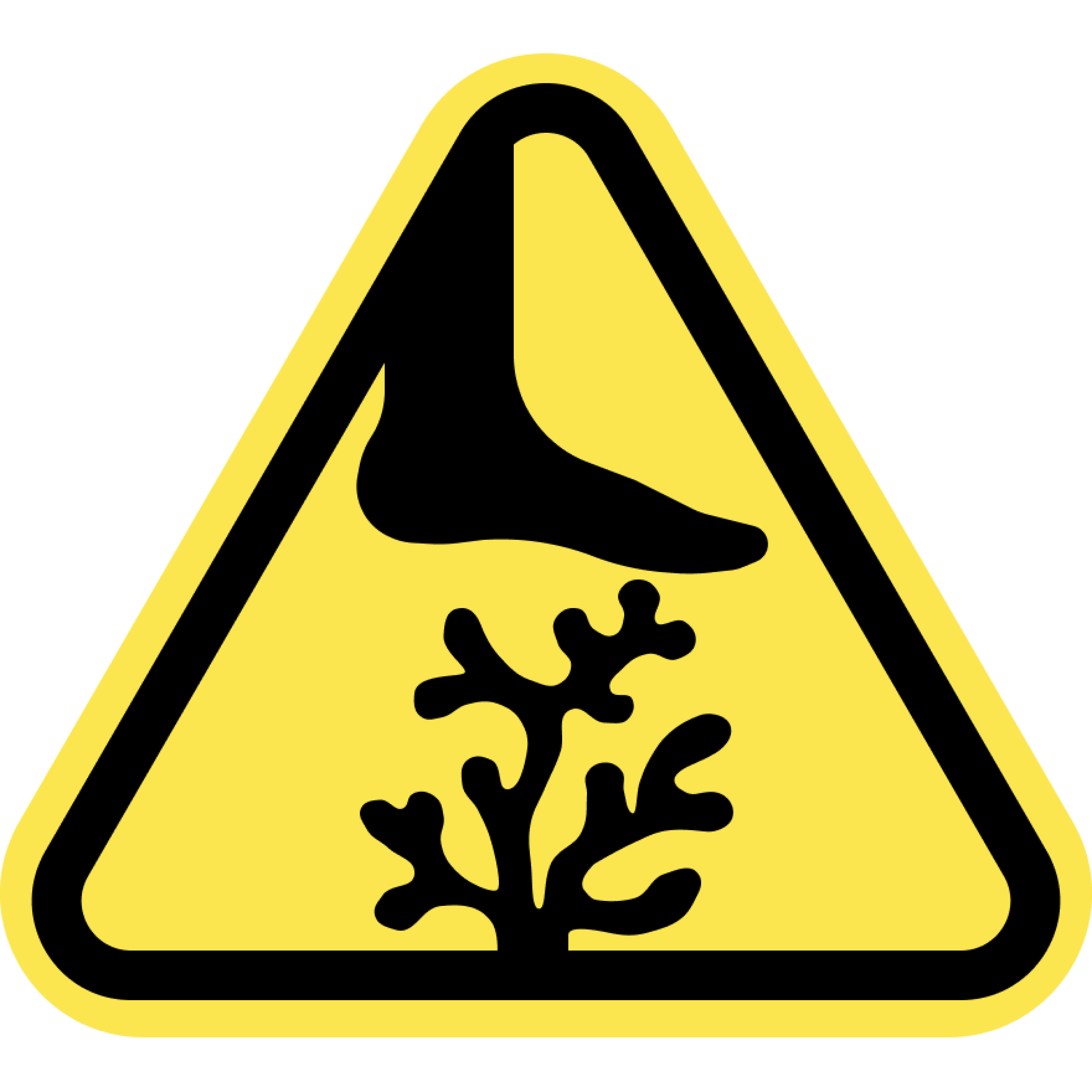
Sharp Coral
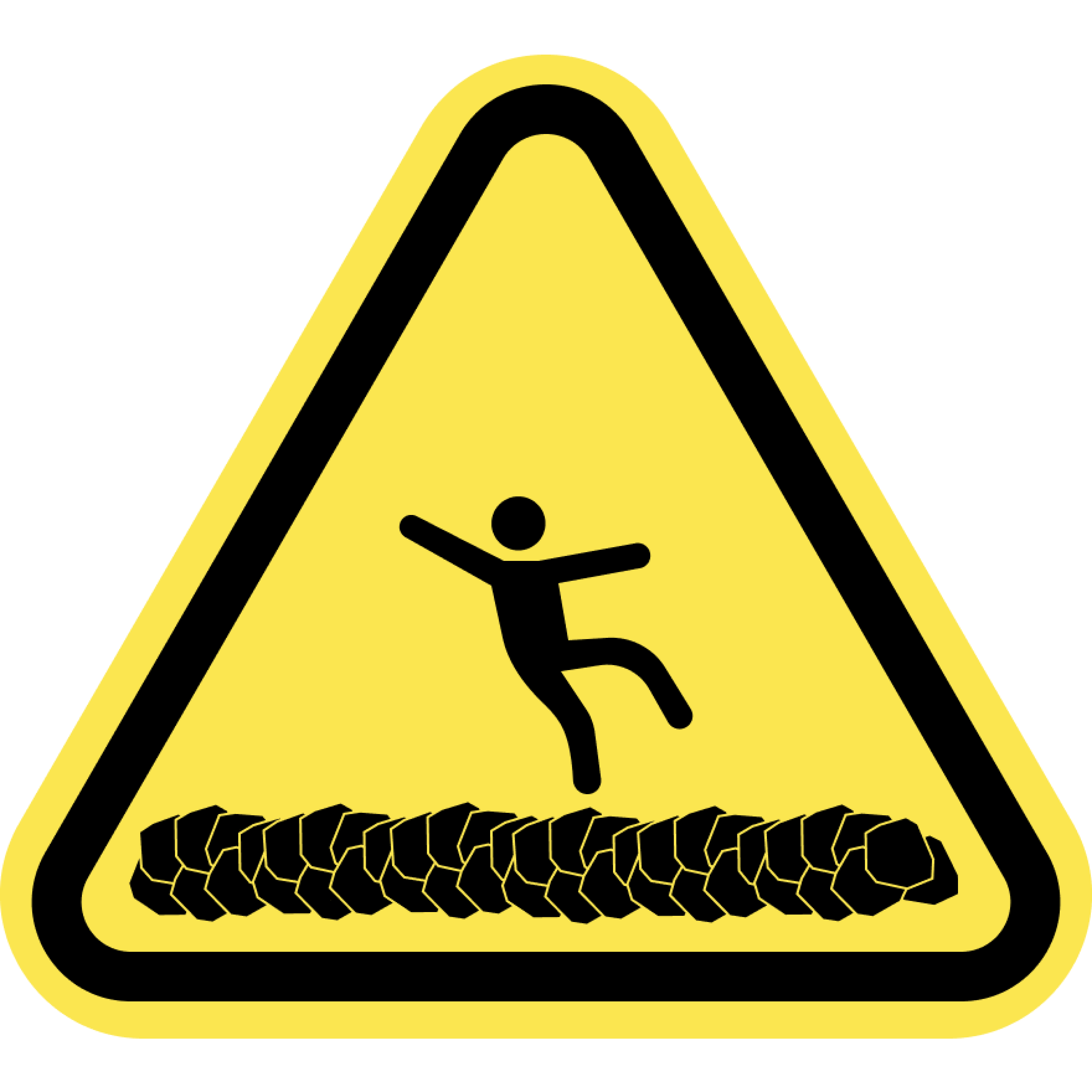
Slippery Rocks
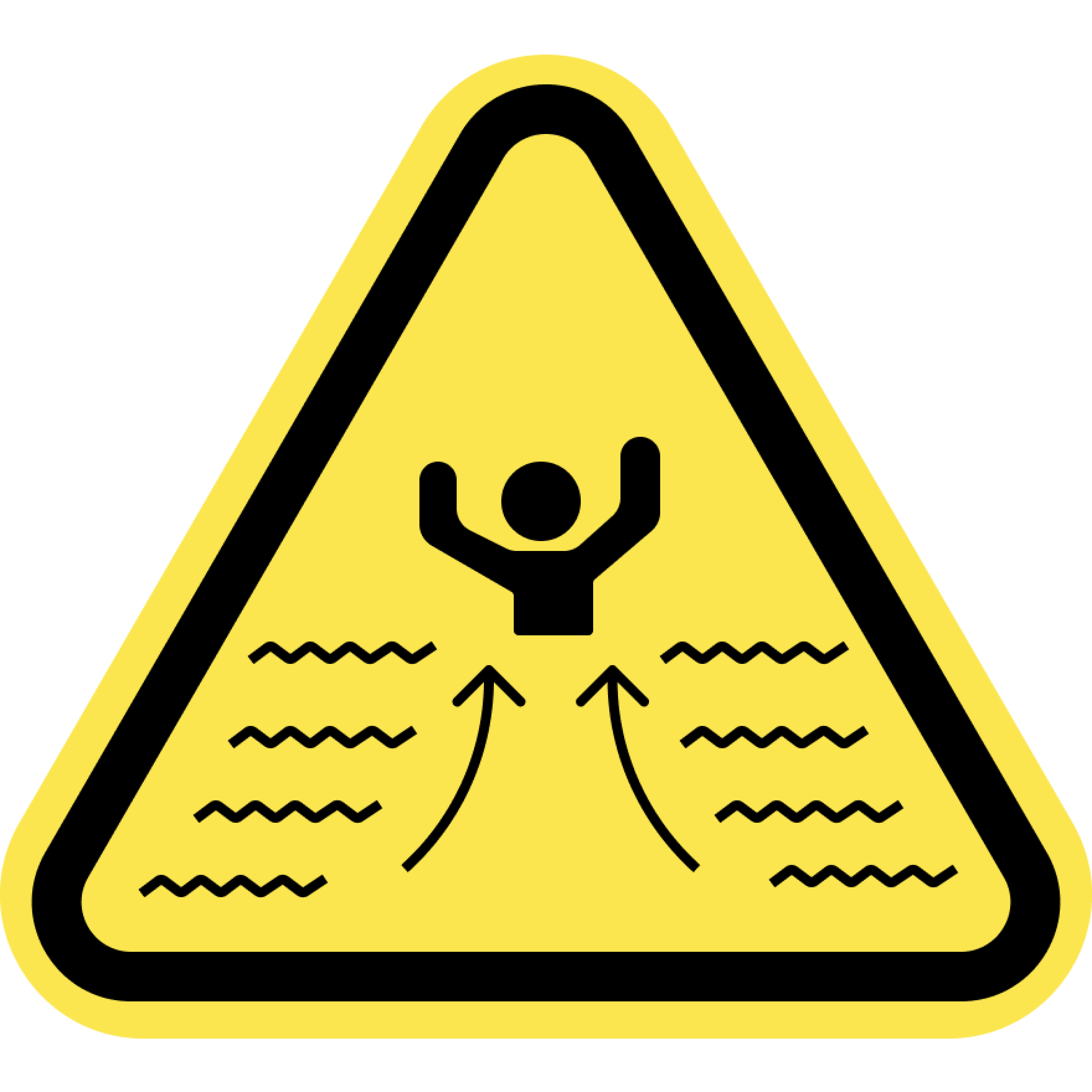
Strong Currents
Swim at your Own Risk
Beaches and oceans are dynamic natural environments. Crowd conditions, currents, waves, wild animals, and other water and beach conditions can rapidly change. The risks and conditions shown on this site are informational only and not always real-time. Actual conditions may differ. Lifeguards are not always on duty or available. Always remain aware of your surroundings and exercise due care for your own safety and the safety of others around you.
Always check for water warnings or check with a lifeguard before you swim.



